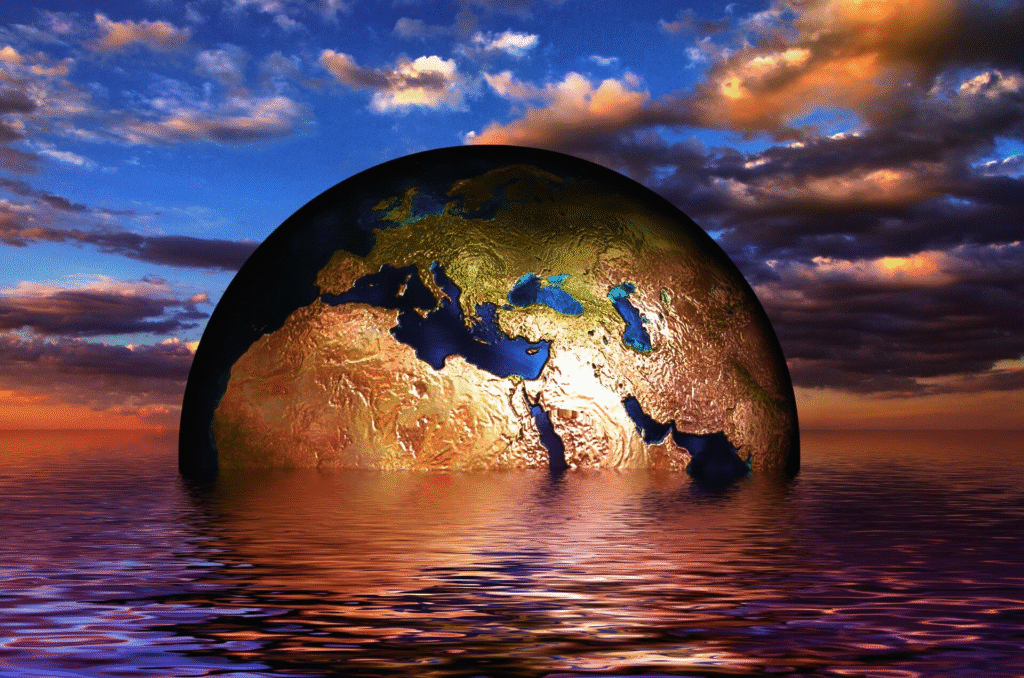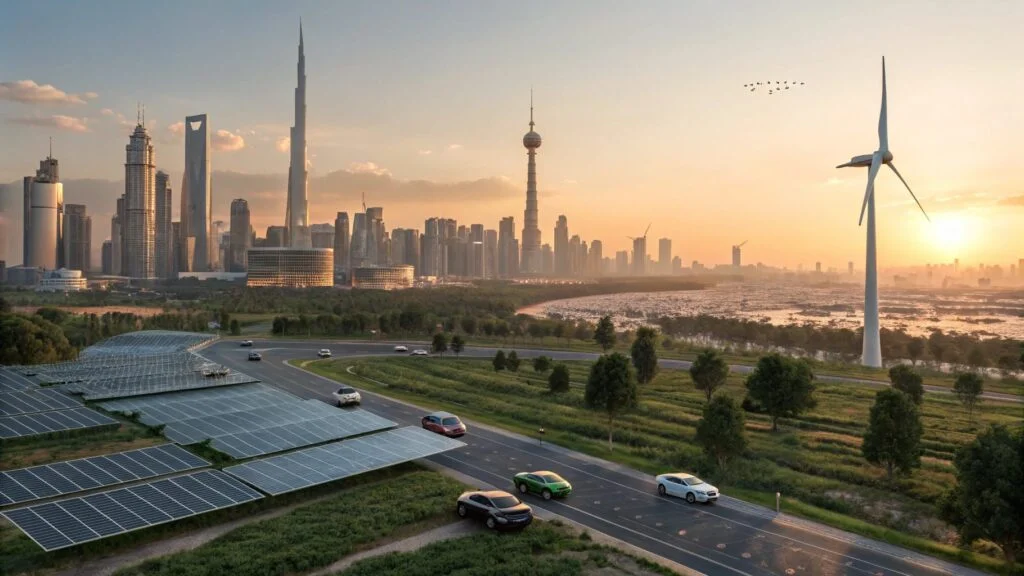Now Reading: Will Climate Talks Actually Save the Planet? Future Looks Uncertain 2025
-
01
Will Climate Talks Actually Save the Planet? Future Looks Uncertain 2025
Will Climate Talks Actually Save the Planet? Future Looks Uncertain 2025

Table of Contents
The world is facing one of its greatest challenges — climate change. Over the past few decades, leaders from around the world have met regularly to find solutions through climate talks. But now, experts, activists, and citizens are asking a serious question: What is the future of climate talks, and will they be enough to protect our planet?
What Are Climate Talks?

Climate talks are official meetings between countries to create global plans to fight climate change. The most well-known of these are the annual United Nations Climate Change Conferences, also called COPs (Conference of the Parties). These meetings bring together governments, scientists, and activists to agree on how to cut emissions, support green energy, and help poorer countries deal with climate disasters.
Major agreements from past climate talks include the Kyoto Protocol (1997) and the Paris Agreement (2015). These deals set goals for countries to reduce carbon dioxide and other harmful emissions that cause global warming.
Why Are Climate Talks Facing Challenges?
While the idea of climate talks is powerful, their success has been mixed. Many countries have made bold promises — but not all have followed through. Some of the main challenges include:
- Lack of enforcement: Countries often set goals but face no punishment if they fail to meet them.
- Political change: New leaders sometimes reverse the environmental progress made by previous governments.
- Unequal responsibilities: Developing nations argue that rich countries caused most of the damage and should do more.
- Slow action: Climate scientists warn that the world is moving too slowly to avoid disaster.
At COP28 in Dubai (2023), for example, leaders agreed on the need to move away from fossil fuels. However, they stopped short of committing to a full phase-out. Many activists criticized the deal as “too weak and too late.”
What Could the Future Look Like?
Despite the setbacks, there is hope. Many experts believe the future of climate talks will depend on five key shifts:
1. Tougher Agreements with Real Enforcement
Future climate deals may include clearer rules and penalties. For example, countries could face trade restrictions or funding cuts if they fail to meet their goals. This would encourage serious commitment.
2. More Involvement of Private Sector
Climate change solutions can’t come from governments alone. Businesses and investors are expected to play a larger role. Clean energy companies, electric car makers, and sustainable tech innovators will be key partners in the future of climate negotiations.
3. Climate Justice and Support for Developing Nations
Richer countries may be pushed to contribute more funds to the Loss and Damage fund — a new system set up to help poorer countries recover from climate disasters like floods and droughts. This support will be essential for global trust and cooperation.
4. Youth and Grassroots Participation
Young people around the world are demanding action. From Greta Thunberg to local student protests, youth voices are rising. Future climate talks may include more representation from civil society, not just politicians.
5. Climate and AI: A Powerful Partnership
Artificial Intelligence (AI) is being used to track emissions, predict climate disasters, and design efficient energy systems. Future talks may focus on how to use AI and technology to fight climate change more effectively.
How Soon Will We See Results?
Climate experts say the next 5 to 10 years are critical. The world must drastically reduce emissions to keep global temperature rise below 1.5°C, the goal set in the Paris Agreement. If we miss this window, we may face extreme weather, rising sea levels, food shortages, and mass migration.
That’s why COP29 (set to take place in Azerbaijan in November 2024) is seen as a turning point. Negotiators will review progress and possibly push for stricter, science-based actions. All eyes will be on whether global leaders can finally unite behind bold and binding steps.
What Can Ordinary People Do?

While global agreements matter, individual choices also play a role. People can:
- Use less energy and switch to renewable sources when possible.
- Support sustainable products and companies.
- Reduce waste and recycle.
- Pressure governments and businesses to act through petitions and protests.
As more people become aware of the climate crisis, public pressure can influence the decisions made at future climate talks.
Final Thoughts: Time Is Running Out
The future of climate talks is at a crossroads. The world has the science, the technology, and the knowledge to stop climate change. But the real question remains: Will world leaders act fast enough — and together — to make a difference?
As we move forward, climate talks must become more than just discussions. They must lead to real, bold, and united action. The future of our planet depends on it.
Read More:- Deyaar’s Latest Announcement Shakes Up the UAE Property Market





















